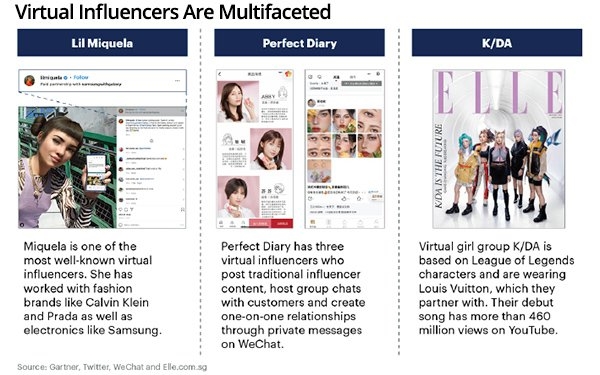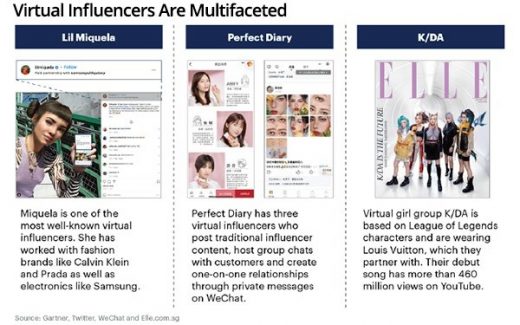Gartner Analysts Predict Data Trends, Virtual Influencers, Slowing B2B Customer Journey
Gartner Analysts Predict Data Trends, Virtual Influencers, Slowing B2B Customer Journey

Marketers will build connections in 2022, but they might be different than what some expect. This year’s marketing predictions explore how the ascendance of digital experience is undermining long-standing assumptions about customer and employee roles, behaviors and values.
One of those “long-standing assumptions” explained in Gartner’s predictions for 2022 centers on opt-out rate for mobile app tracking.
Gartner Analysts Andrew Frank and Michael Giblin believe opt-out rates for mobile app tracking will decline from 85% to 60% as consumers gain experience with un-targeted ads.
Consumers are open to tracking in some cases — particularly as part of a value exchange. While Apple’s terms prohibit developers from offering people incentives for granting permission to track, marketers and consumers are finding workarounds.
In a Gartner survey of about 2,006 consumers — a study fielded in 2021 — 60% said they may allow tracking, while 25% said they usually will ask not to be tracked, but might allow it in some cases;; 20% said they will always ask apps and websites not to track; 18% will immediately abandon the app or website if they see a notification asking to be tracked.
CMOs are focused on building first-party data-collection capabilities, backed mostly by incentives. “This process could be undermined by customer opt outs, leading to an eventual degradation in content and experience quality,” a Gartner analyst wrote. “Exposure to heavy loads of irrelevant, low-quality ads may cause a customer to switch their privacy settings from opting out of, to opting into data sharing. However, switching from opting in to opting out may be less common, leading to a steadily increasing opt-in rate over time.”
One of the most interesting sections of Gartner’s report focuses on strategic planning assumptions. Gartner analysts predict changes in a variety of media, from mobile app tracking to how B2B companies will use machine learning to slow down the customer journey.
- By 2023, the opt-out rate for mobile app tracking will decline from 85% to 60% as consumers gain experience with untargeted ads.
- By 2023, the volume of ad impressions TV and streaming media channels deliver during what are traditionally considered working hours will grow by 60%.
- By 2023, 90% of B2B social media marketing strategies will incorporate scaled employee advocacy programs.
- By 2025, one in five B2B companies will use machine learning to proactively slow down customers’ journeys by connecting customers with sales reps during digital commerce interactions.
- By 2026, 60% of millennial and Gen Z consumers will prefer making purchases on social platforms over traditional digital commerce platforms.
- By 2026, CMOs will dedicate 30% of their influencer and celebrity budgets to virtual influencers.
Marketers today spend up to $14 billion on influencers. An increasing share will go to virtual influencers in the next five years. These computer-animated personalities are popular in China, an industry estimated to be worth $540 million from brand endorsements alone.
Brands also are creating their own in-house virtual influencers as brand ambassadors and customer service representatives. Some retail and financial services brands are experimenting with virtual customer service associates who can host live streams or interact with customers autonomously.
Welcome to the metaverse — where the potential to create multiple, personalized influencers to cater to different audiences exists.
(50)


